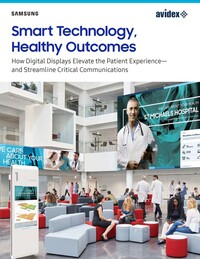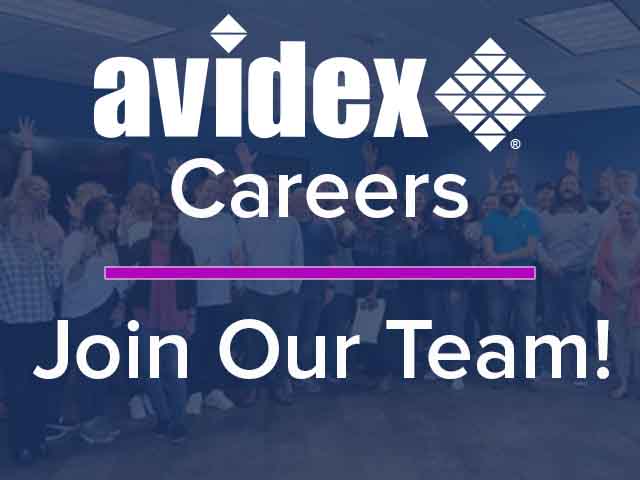2 min read
Base Your Businesses Digital Transformation Around Outcomes, Not Solutions
Avidex Innovation Blog
Oct 11, 2019 8:00:00 AM

When transforming your organization into a digital workplace, not all solutions will align with your company's goals, budgets, needs, etc. Digital transformation can take its toll with the pressures of keeping up with new technologies, but you don't have to do it alone. How do you know you're on the right path? Keep an eye on the outcome and follow these tips:
START WITH POINT B
Word of mouth is important to the business software purchasing process, but what your peers use—whether it be software or hardware—may not be the answer for your organization.
The answer to what, exactly, is a matter of determining what outcome you want to achieve with any technology investment. Set your goal first and then outline the steps to get there—essentially mapping the course from point B back to point A.
With this approach, you can more easily maintain focus on outcomes rather than getting distracted by the allure of products. And you can more easily communicate the goals to fellow stakeholders to keep everyone on the right path when providing input on potential solutions.
INCLUDE EVERYONE
Many people will have something to say when purchasing enterprise technology. More than half of tech-purchasing groups consist of four or more individuals.
Even if they’re not part of a formal purchasing committee, many executives and employees will hold a stake in significant technology investments. However, gathering all stakeholder feedback—and expertise—can be tricky. Whether you hold meetings, send out surveys, or solicit input via email, it’s essential to learn what basic business needs are not being met at all levels and in all corners of your organization.
Though collecting information from so many can be a challenge, the information will be valuable to specific investments as well as to map the path to a digital workplace. The other bit of good news is that you won’t own full responsibility for the digital workplace—and neither will anyone else. By considering user needs, line of business requirements, budgetary concerns, and more, your teams will be able to define desired outcomes better and align potential solutions with the needs of the organization as a whole.
Though no one is expected to have all the answers, there will have to be leaders in digital transformation, and in many organizations, it will be CIOs. They may guide the conversation and be responsible for delivering recommendations to the CEO and for justifying investments based on how they will affect productivity, outcomes, the bottom line.
ASK THE RIGHT QUESTIONS
Once you know the top challenges at your organization, researching solutions is the next step. But there will still be a lot of information to sift through. There are so many products available at any given time that learning all the features of even just the relevant solutions is time-consuming. Capabilities are continually progressing, so the job of researching solutions could potentially never end.
It’s useful at this step to consider enlisting help outside of your organization to narrow down your choices and even make the best decision. Vendors, audiovisual integrators, and unbiased industry publications can all be sources of information. Finding partners and resources you trust can be invaluable, saving you time and money, as well as saving you from investing in the wrong long-term investments.

